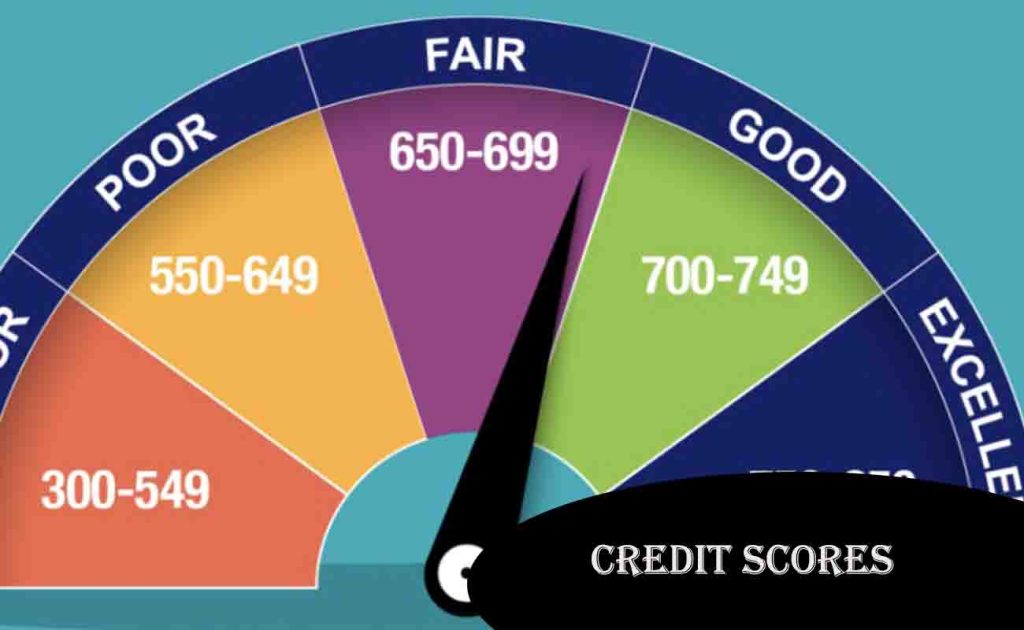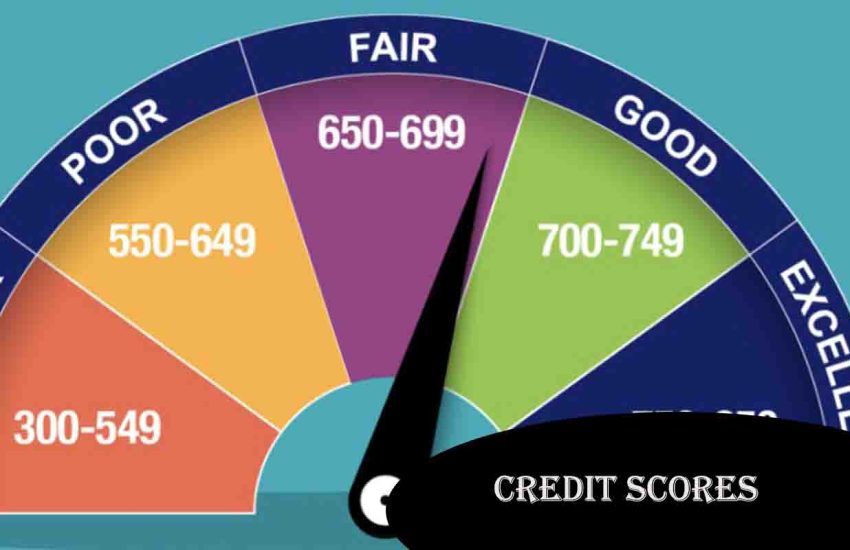Your credit score is more than just a number—it’s a key that can unlock doors to loans, lower interest rates, and even job opportunities, or lock you out if it’s not up to par. In March 2025, with borrowing costs fluctuating and financial decisions carrying extra weight, understanding your credit score is a must. This three-digit figure shapes your financial life in ways you might not expect. So, what is it, how does it work, and how can you take control to secure your future?

How Credit Scores Work
In the U.S., the most common credit score is the FICO score, ranging from 300 to 850. It’s calculated using five key factors:
- Payment History (35%): Do you pay bills on time? Late payments can tank your score.
- Credit Utilization (30%): This is how much of your available credit you’re using—keeping it below 30% is ideal.
- Length of Credit History (15%): Longer track records boost your score.
- New Credit (10%): Opening too many accounts at once can signal risk.
- Credit Mix (10%): A blend of credit cards, mortgages, and loans shows you can handle variety.
A score of 700+ is “good,” 750+ is “excellent,” and below 600 can spell trouble. Lenders use it to gauge your reliability—higher scores mean better terms.
Why They Matter
Your credit score isn’t just for bragging rights—it’s a financial gatekeeper:
- Loans and Mortgages: A 760 score might snag you a 6% mortgage rate in 2025, while a 620 score could push it to 7.5%—costing you thousands over 30 years.
- Interest Rates: Good credit slashes what you pay on credit cards or car loans.
- Beyond Borrowing: Landlords, insurers, and even some employers check scores to assess responsibility.
For example, on a $20,000 car loan over five years, a 5% rate (good credit) means $377 monthly payments; a 10% rate (poor credit) jumps to $424—over $2,800 extra in interest.
Improving Your Score
The good news? You can boost your score with smart habits:
- Pay on Time: Set reminders or autopay—consistency is king.
- Lower Utilization: Pay down balances or request higher credit limits (but don’t max them out).
- Keep Old Accounts: Closing a 10-year-old card shortens your history—keep it open with light use.
- Limit New Credit: Space out applications to avoid dings.
If your score’s 650, paying off a $1,000 credit card balance (dropping utilization from 50% to 20%) could bump it to 680 in months, opening better loan options.
Myths Debunked
Missteps come from misinformation:
- Myth: Checking your score hurts it. Truth: Soft inquiries (like self-checks) don’t; hard inquiries (from lenders) do.
- Myth: You need debt to have a score. Truth: Paying in full monthly builds credit without interest.
- Myth: Scores recover fast. Truth: A bankruptcy can linger for 10 years—prevention beats repair.
The Bottom Line
Your credit score isn’t a mystery—it’s a tool you can master. In 2025’s economic landscape, where every percentage point on a loan matters, a strong score is your ticket to financial freedom. Pay on time, keep balances low, and debunk the myths, and you’ll unlock better rates, bigger opportunities, and peace of mind.
Check your score today (it’s free through many banks or sites like AnnualCreditReport.com), and start building the credit that builds your future.
